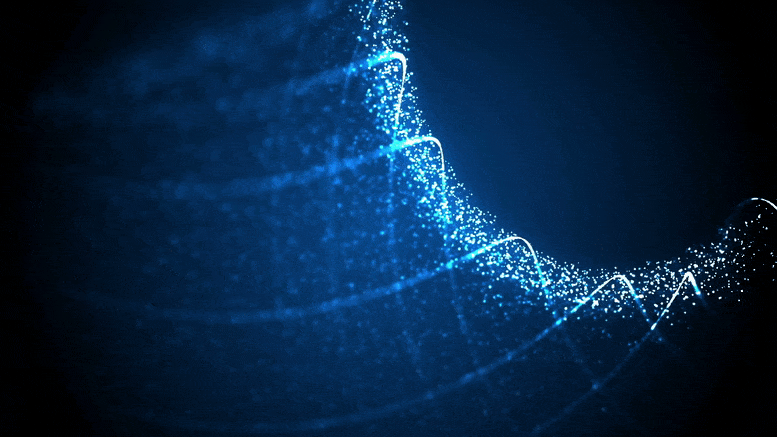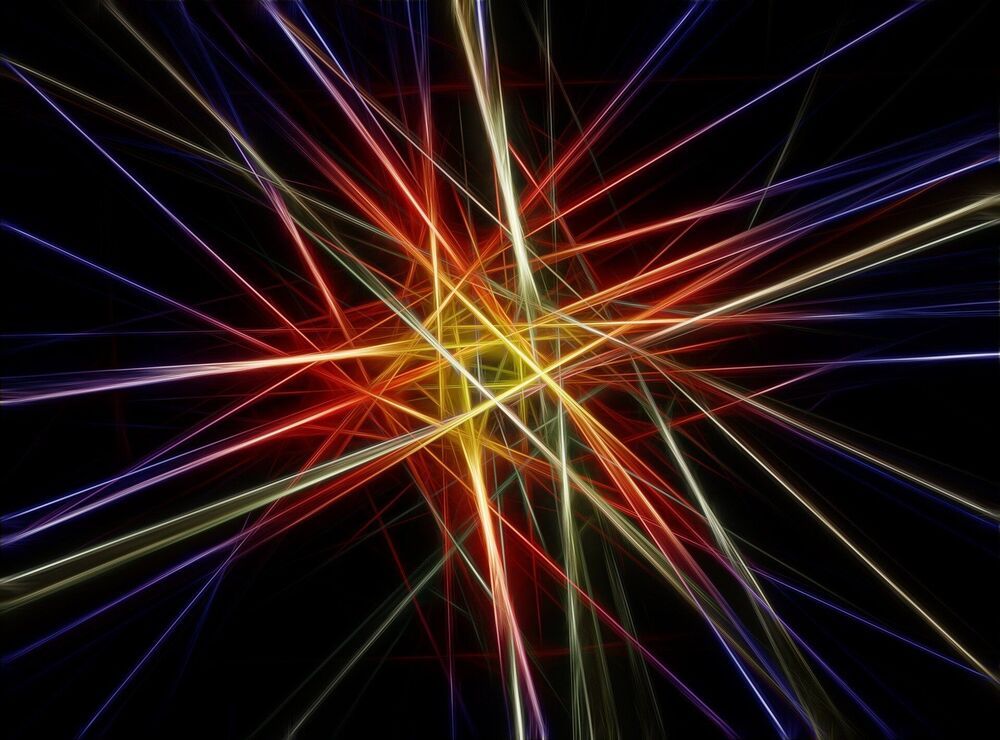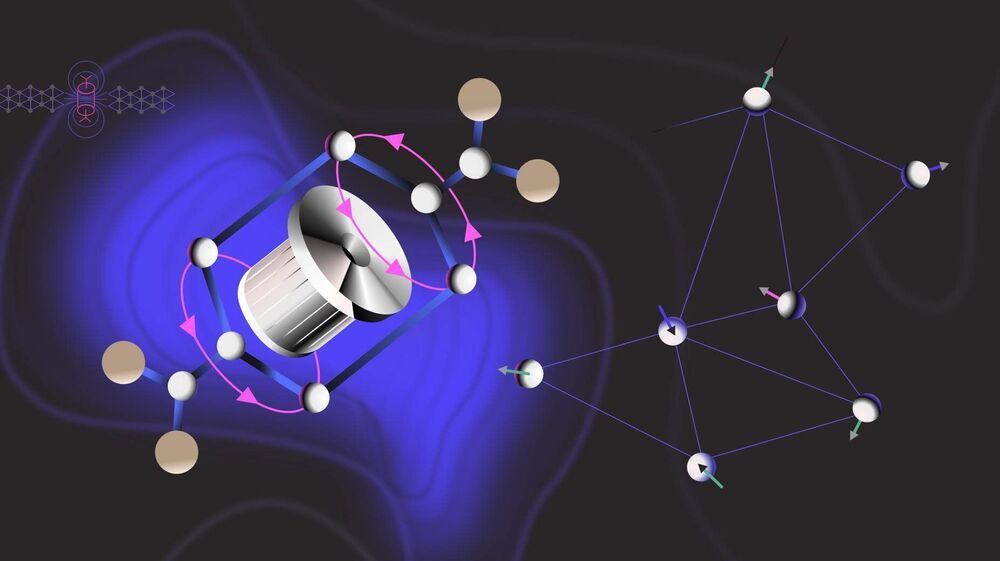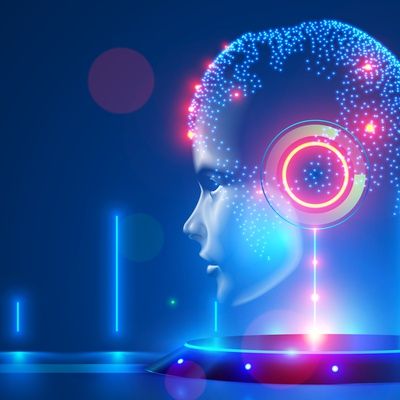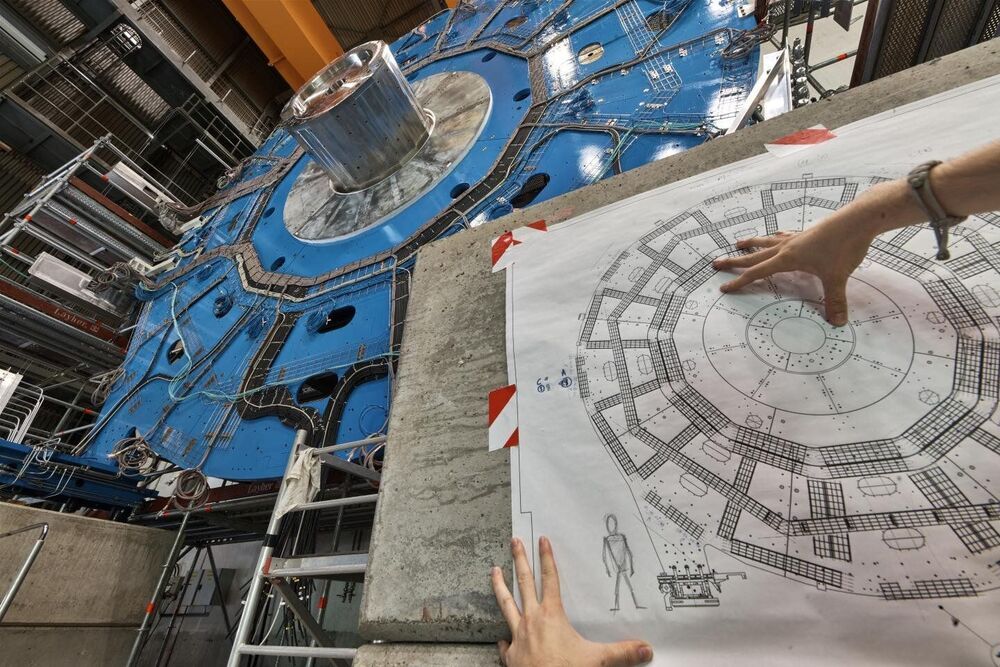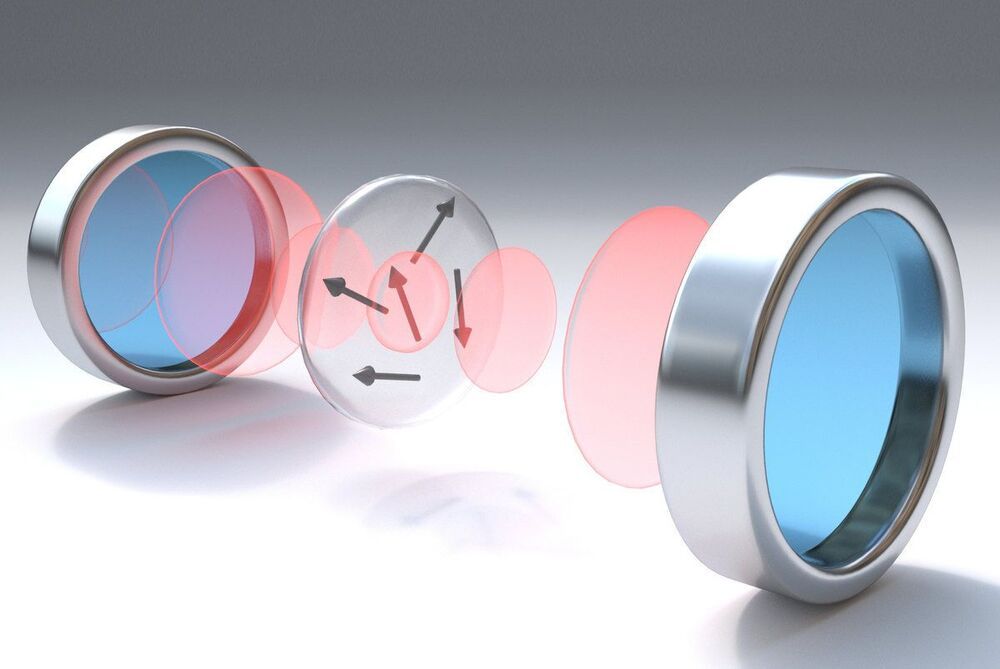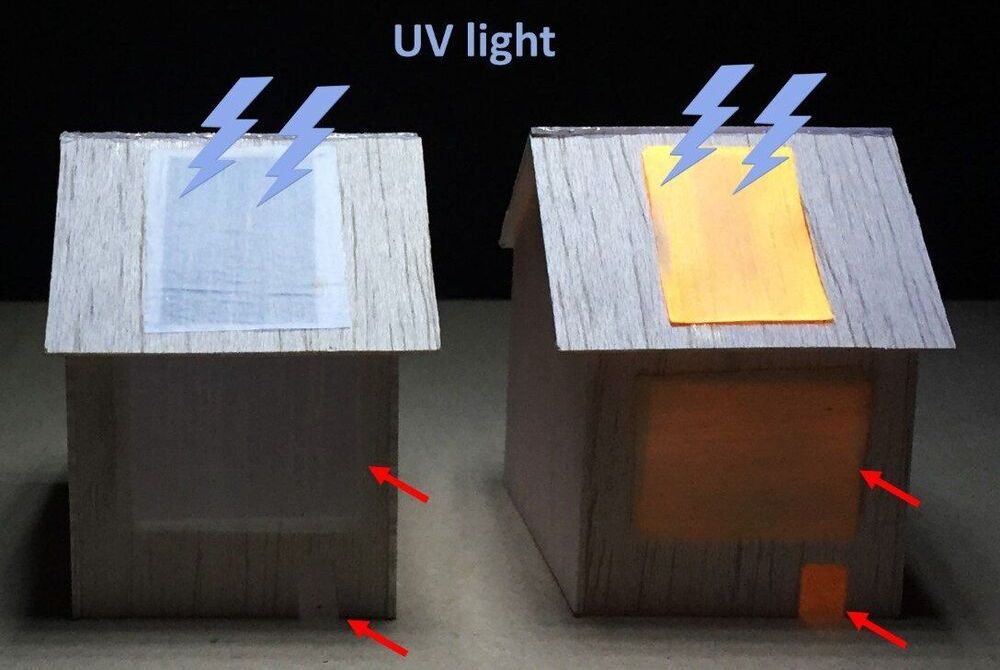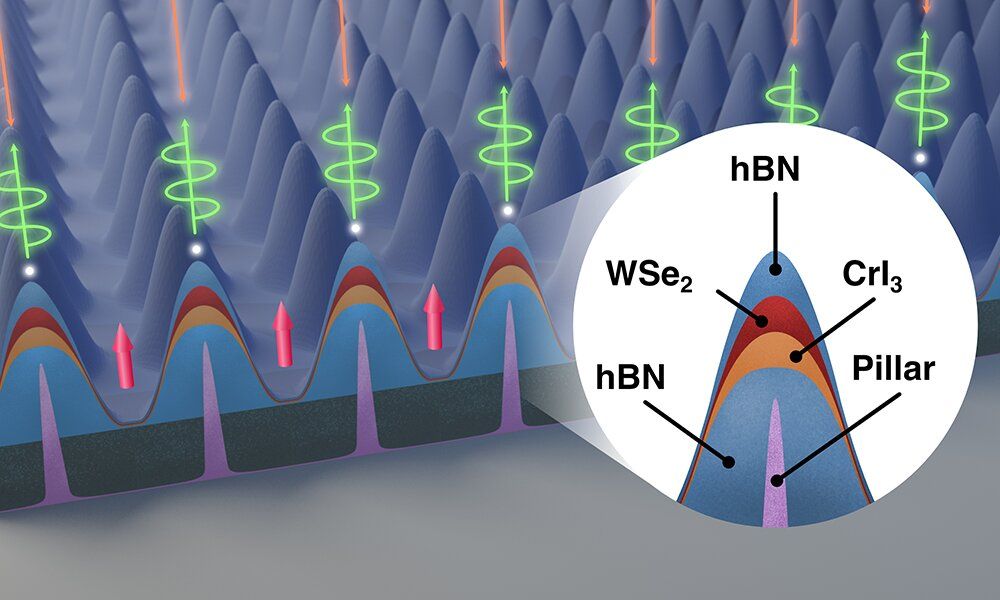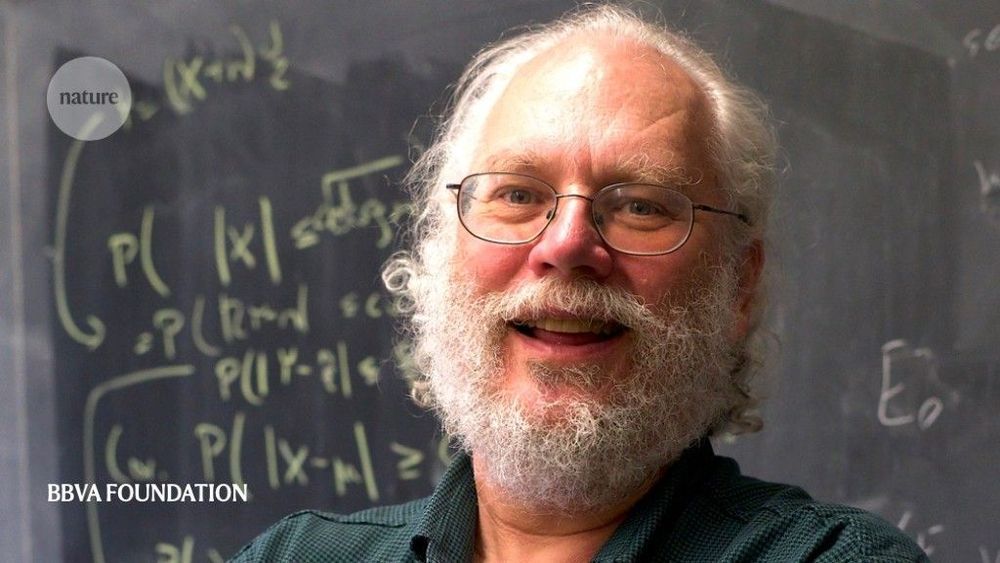Nov 8, 2020
Physicists Circumvent 178-Year Old Theory to Cancel Magnetic Fields
Posted by Genevieve Klien in categories: biotech/medical, neuroscience, quantum physics
The ability to cancel magnetic fields has benefits in quantum technology, biomedicine, and neurology.
A team of scientists including two physicists at the University of Sussex has found a way to circumvent a 178-year old theory which means they can effectively cancel magnetic fields at a distance. They are the first to be able to do so in a way that has practical benefits.
The work is hoped to have a wide variety of applications. For example, patients with neurological disorders such as Alzheimer’s or Parkinson’s might in the future receive a more accurate diagnosis. With the ability to cancel out ‘noisy’ external magnetic fields, doctors using magnetic field scanners will be able to see more accurately what is happening in the brain.
